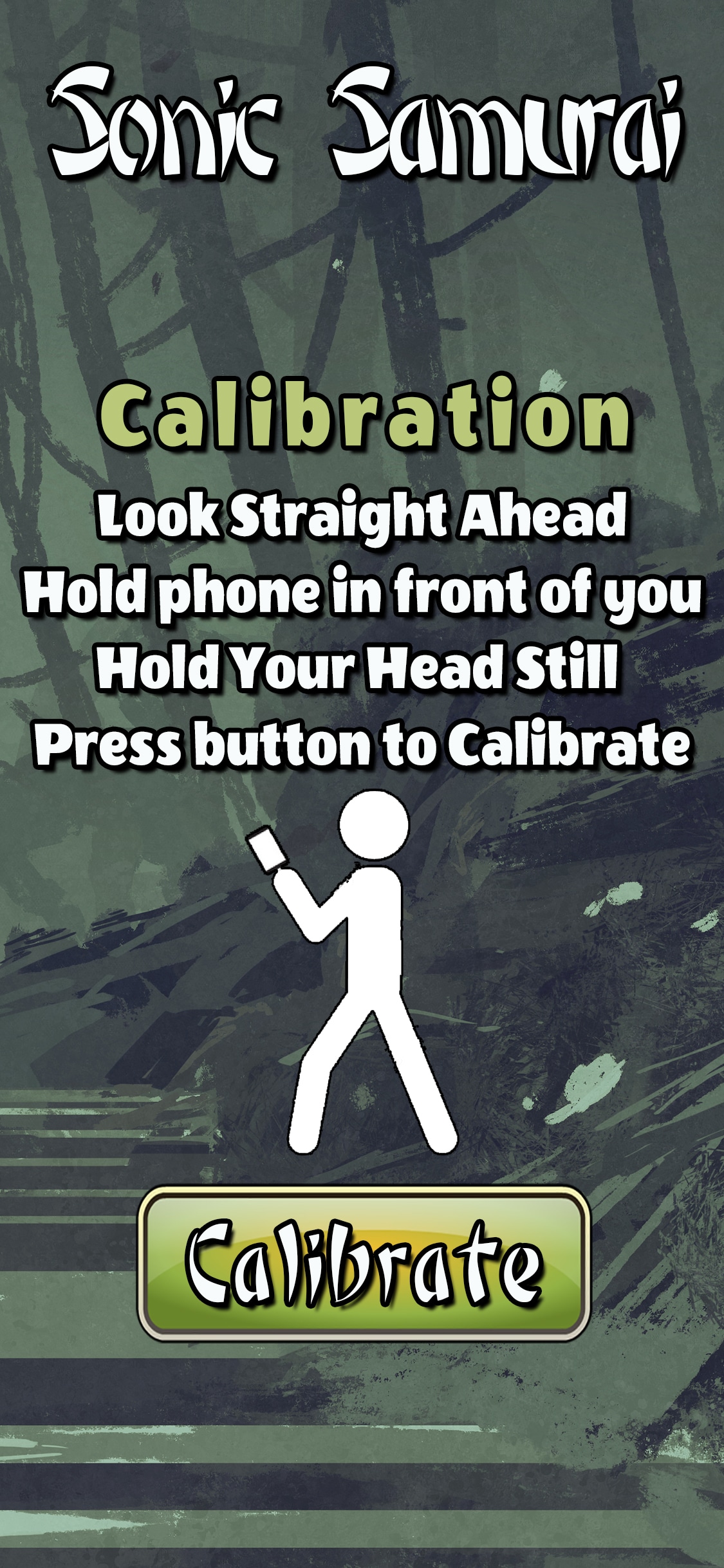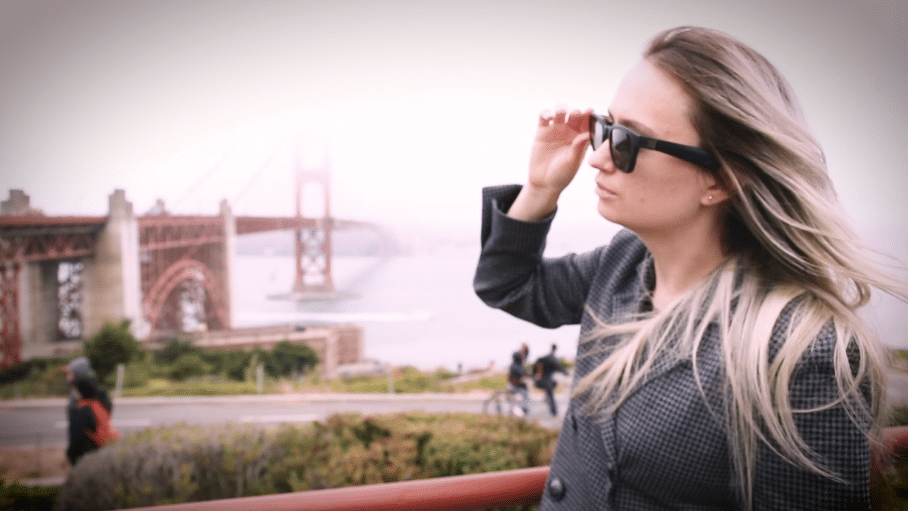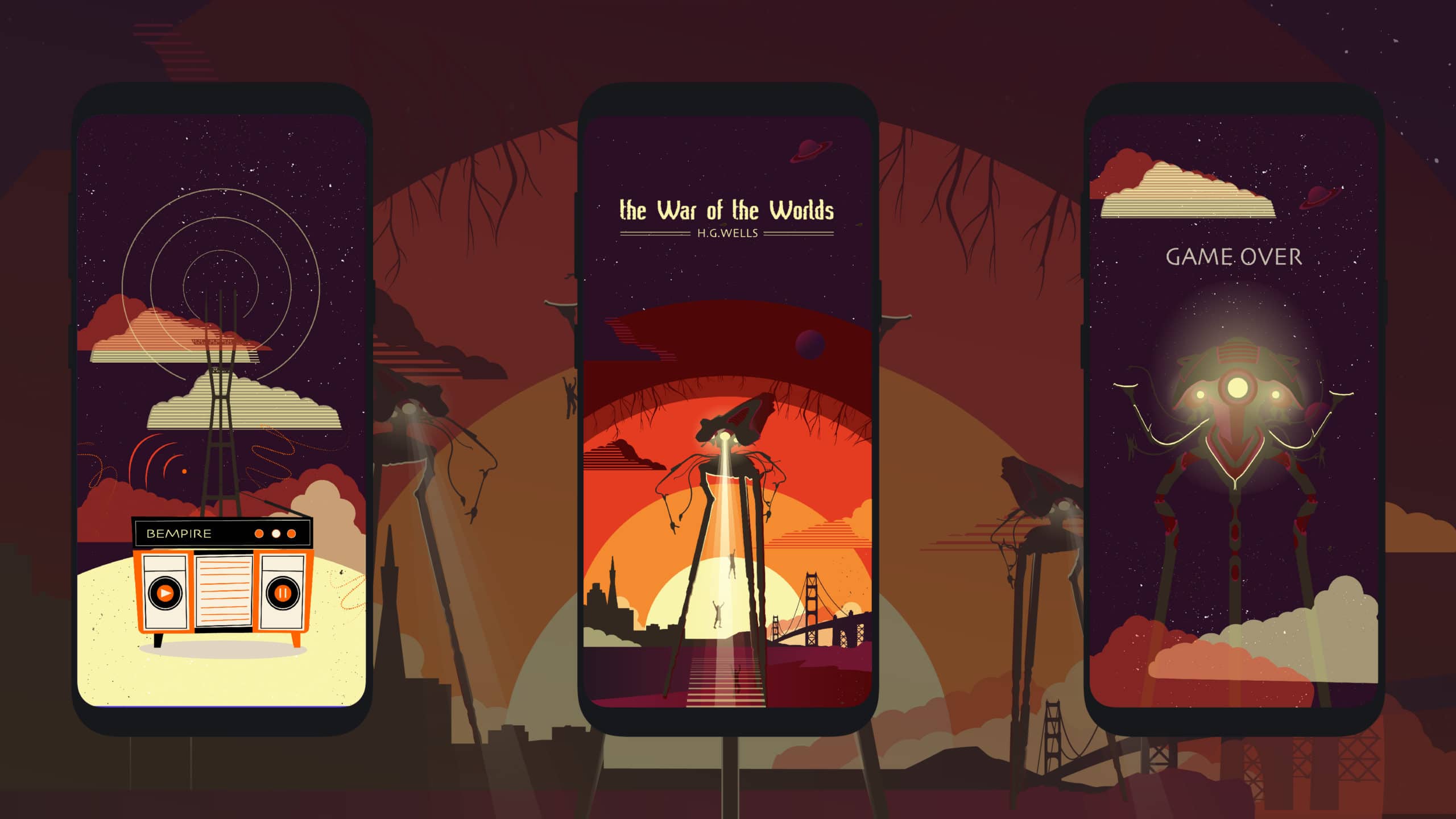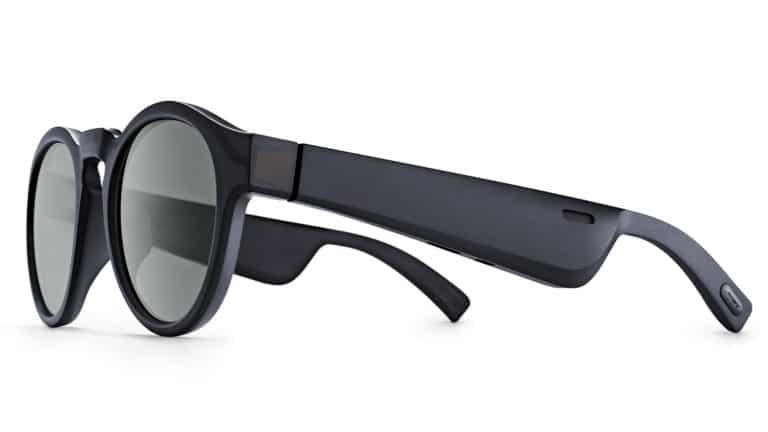
A leading indicator for product development in AR can often be the demos shown at top meetups. At last week’s AWE Nite SF — the mother of all AR meetups — the theme was AR in gaming… but an unplanned sub-theme emerged: audio AR.
Panning back for the sake of background, audio AR is a modality on which we continue to be bullish. In addition to graphical overlays in one’s field of vision, augmentation can happen through audio cues. Its advantages include subtlety and sidestepping AR glasses’ style crimes.
In fact, the path to audio AR is already materializing, considering a quickly growing hardware base such as Apple Airpods. It’s a key piece of the wearables suite that we believe is central to Apple’s succession plan for the maturing iPhone. That could put additional muscle behind audio AR.
Speaking of muscle, the BoseAR platform provides developers a place to build audio AR apps. This should accelerate audio AR as developers are incentivized by distribution scale from Bose’ hardware base (and QVC plugs). It’s on pace for one million audio-AR devices by year-end.
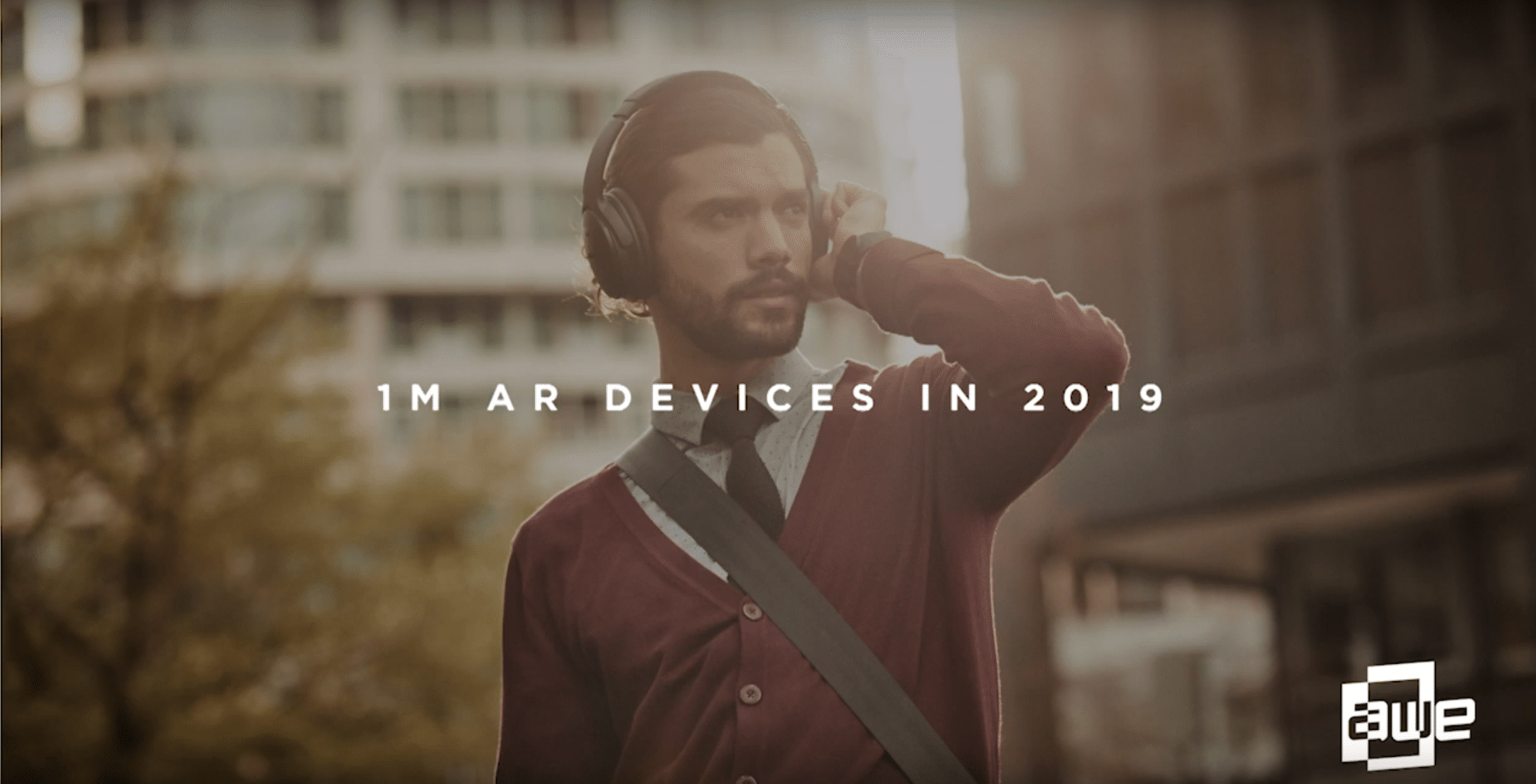
Indicators & Accelerants
That brings us back to last week’s AWE Nite SF. AR Insider emceed the event* and got a glimpse at what it believes to be a leading indicator for AR’s near-term future. Of the four companies that demoed AR products, three were audio AR experiences built on the BoseAR platform.
To further document and analyze this moment of significance in the AR ecosystem, we circled back to each of those presenters to dig a little deeper. We’ve profiled their apps and overall thoughts on the audio AR opportunity, which you can see below in order of appearance.
https://youtu.be/RoEDL_beTw4
1. Sonic Samurai
Developed by prolific AR game studio Happy Giant, Sonic Samurai positions the user at the center of a battlescape in which enemies approach from all angles. Wearing a Bose AR device such as Bose Frames, volumetric audio informs players of approaching enemies (along with a radar-screen on their phone), which they can strike or block using the phone as a virtual Samurai sword.
“As a highly visual company, ‘Audio AR’ was something very new for us. It challenged us to think in new ways,” CEO Mike Levine told AR Insider. “The more we got into the Bose SDK and products, we realized there are so many possibilities for ‘wearable audio AR’. We are excited by what we created, and the possibilities that lie ahead.”
2. Unscramble the Oracle
Developed by XEODesign and led by game-design and UX maven Nicole Lazzaro, Unscramble the Oracle is an interactive audiobook. It lets players walk, dance, and tap their way through a fairytale world, helping the Fairy Chicken Godmother find her lost hubby and chicks. Like Sonic Samurai, gameplay is guided through audible signals from a Bose AR device such as Frames, while physical inputs are tracked through the device’s IMU sensor bundle.
“Thinking back to my experience designing the first iPhone game, what attracted me to Bose AR was the opportunity to create an interactive audio world dynamically laid over our own,” Lazzaro told AR Insider. “With audio AR, I immediately saw the opportunity to design an original audio-first experience that adapted to wherever the person was, blending a hidden fantasy world with their real one.” See more info, images and dev team commentary here.
3. War of the Worlds: Invasion
Developed by Quirkeley and led by executive producer Siciliana Trevino, War of the Worlds: Invasion is part podcast and part game, leading users through an escape from alien invasion. Like the above examples, it uses audio signals to prompt users for certain physical actions which are in turn tracked through the IMU sensor bundle in BoseAR devices. The theme is also fitting to an audible experience, given the radio-centric origins of the game’s namesake.
“What excites me about developing audio-first AR experiences is that I have to rethink space, time and storytelling in a way that doesn’t rely on visuals, which is just beyond my comfort zone, where innovation happens,” Trevino told AR Insider. “War of the Worlds for BoseAR allowed our team to create an immersive action-adventure in sound that’s available on a wearable just under $200.”
Think Native
One common thread in these experiences and their creative development is the process of learning and growing with an inherently new form of user interactions. The playbook for these experiences is being written as we speak and by the above developers, among others.
“We invented new AR audio-first game mechanics and audio interactions that open up exciting new areas of AR design,” said Lazzaro. “Imagine the player’s head as the joystick. We saw this as an opportunity to explore how audio increases immersion, especially interactive audio.”
This learning curve could apply to monetization too. Beyond UX and player interactions, what monetization models will integrate best? Given that it’s a form of mobile gaming, in-app purchases or sponsorship could develop. These are models supported by our consumer AR survey.
Trevino likewise believes the experience could be monetized through in-game placement of local business fare. That includes things like food, after working up a hunger from the game’s physical activity; or real-life lattes to go along with the virtual lattes that are part of the gameplay.
Either way, this is a new modality within an already-new AR category. So just as these developers are embarking on a creative process and growing with audio AR, business models could likewise be experimental. Like Sonic Samurai’s approaching enemies, it will be a moving target.
For deeper XR data and intelligence, join ARtillery PRO and subscribe to the free AR Insider Weekly newsletter.
*Disclosure: AR Insider has no financial stake in the companies mentioned in this post, nor received payment for its production. The author of this post frequently emcee’s AWE NITE SF events but no money changes hands. Disclosure and ethics policy can be seen here.
Header Image Credit: Bose



